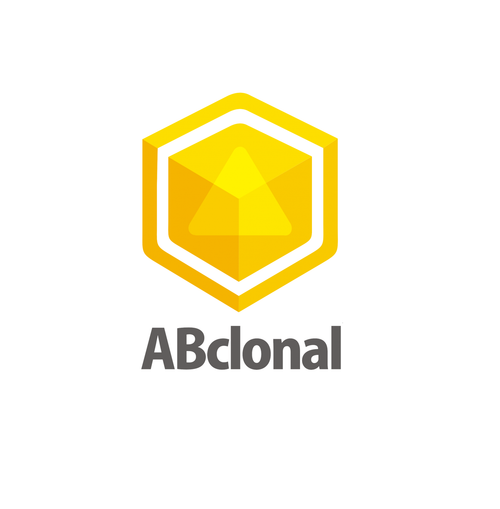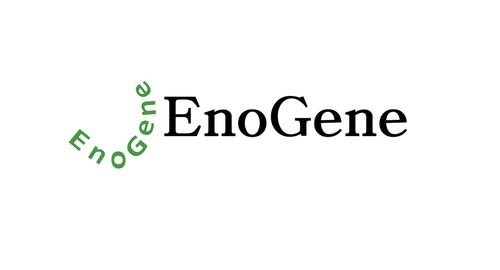Product Description
Human Testican-1 (SPOCK1) ELISA Kit | AE15000HU | Abebio
Species Reactivity: Human (Homo sapiens)
Abbreviation: SPOCK1
Alternative Name: FLJ37170; SPOCK; TESTICAN; TIC1; OTTHUMP00000159433|sparc/osteonectin; cwcv and kazal-like domains proteoglycan 1|testican-1
Application: ELISA
Range: Request Information
Sensitivity: Request Information
Intra-Assay: ≤5.1%
Inter-Assay: ≤9.2%
Recovery: 1, 03
Sample Type: Serum, Plasma, Other biological fluids
Detection Method: Sandwich
Analysis Method : Quantitive
Test Principale: This assay employs a two-site sandwich ELISA to quantitate SPOCK1 in samples. An antibody specific for SPOCK1 has been pre-coated onto a microplate. Standards and samples are pipetted into the wells and anySPOCK1 present is bound by the immobilized antibody. After removing any unbound substances, a biotin-conjugated antibody specific for SPOCK1 is added to the wells. After washing, Streptavidin conjugated Horseradish Peroxidase (HRP) is added to the wells. Following a wash to remove any unbound avidin-enzyme reagent, a substrate solution is added to the wells and color develops in proportion to the amount of SPOCK1 bound in the initial step. The color development is stopped and the intensity of the color is measured.
Product Overview: TIC1 encodes the protein core of a seminal plasma proteoglycan containing chondroitin- and heparan-sulfate chains. The protein's function is unknown, although similarity to thyropin-type cysteine protease-inhibitors suggests its function may be related to protease inhibition.The SPOCK cDNA encodes a deduced 439-amino acid protein with a predicted N-terminal signal sequence and 2 consensus glycosaminoglycan attachment sites. SPOCK, which contains osteonectin-like domains, a Kazal-like sequence, and a cys-trp-cys-val (CWCV) domain, is related to protein families that are involved in adhesion, migration, and cell proliferation.In situ hybridization showed that mouse Spock1 is located predominantly in a subpopulation of pyramidal neurons in the CA3 area of the hippocampus.
Stability: The stability of ELISA kit is determined by the loss rate of activity. The loss rate of this kit is less than 5% within the expiration date under appropriate storage condition. The loss rate was determined by accelerated thermal degradation test. Keep the kit at 37°C for 4 and 7 days, and compare O.D.values of the kit kept at 37°C with that of at recommended temperature. (referring from China Biological Products Standard, which was calculated by the Arrhenius equation. For ELISA kit, 4 days storage at 37°C can be considered as 6 months at 2 - 8°C, which means 7 days at 37°C equaling 12 months at 2 - 8°C) .
 Euro
Euro
 USD
USD
 British Pound
British Pound
 NULL
NULL












